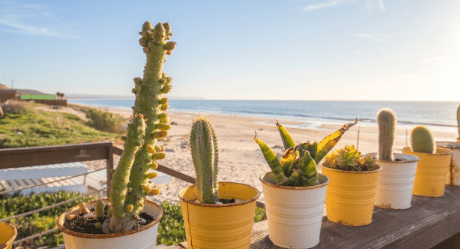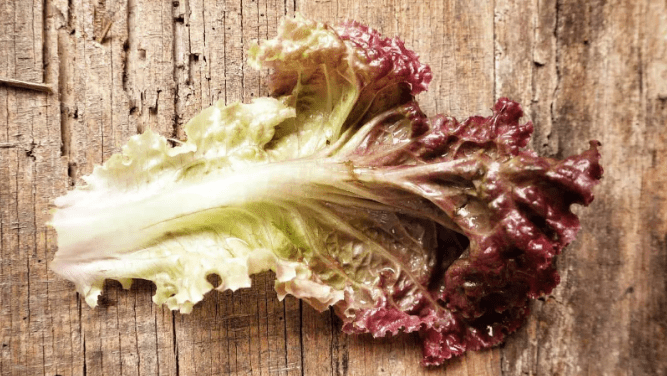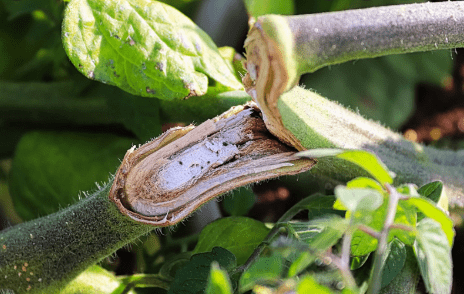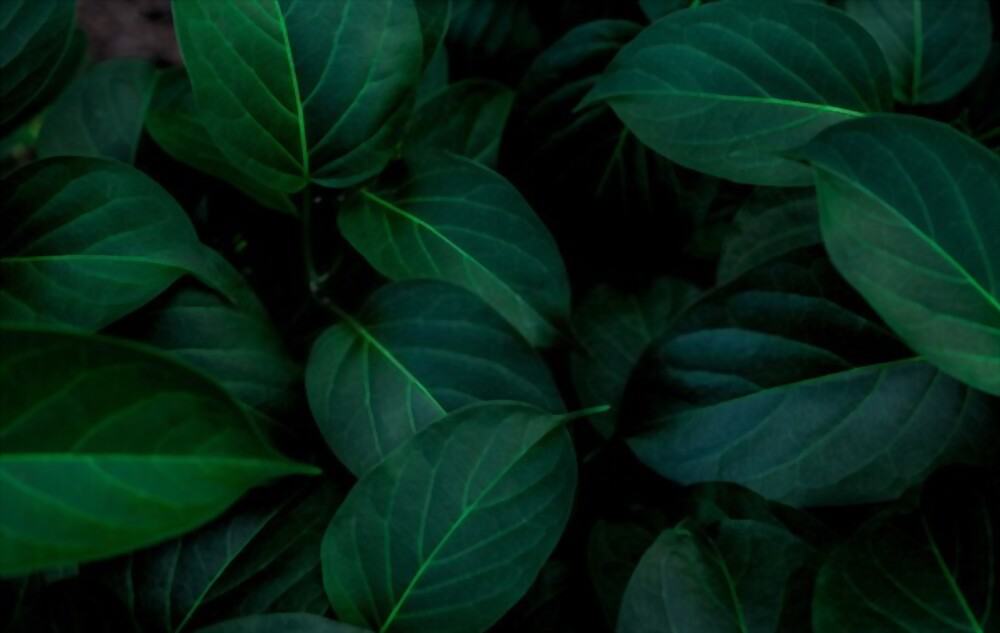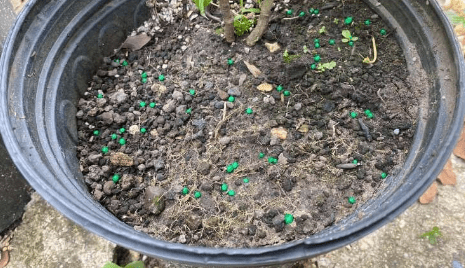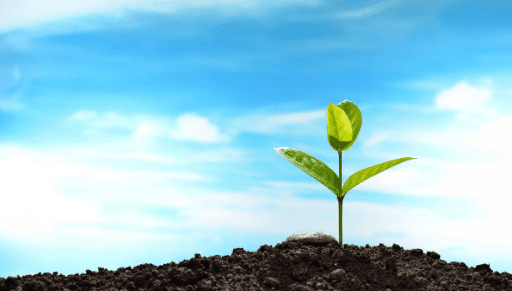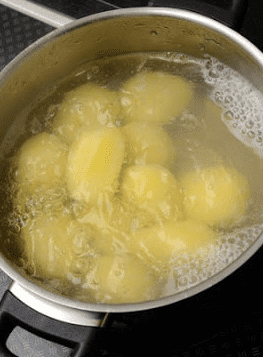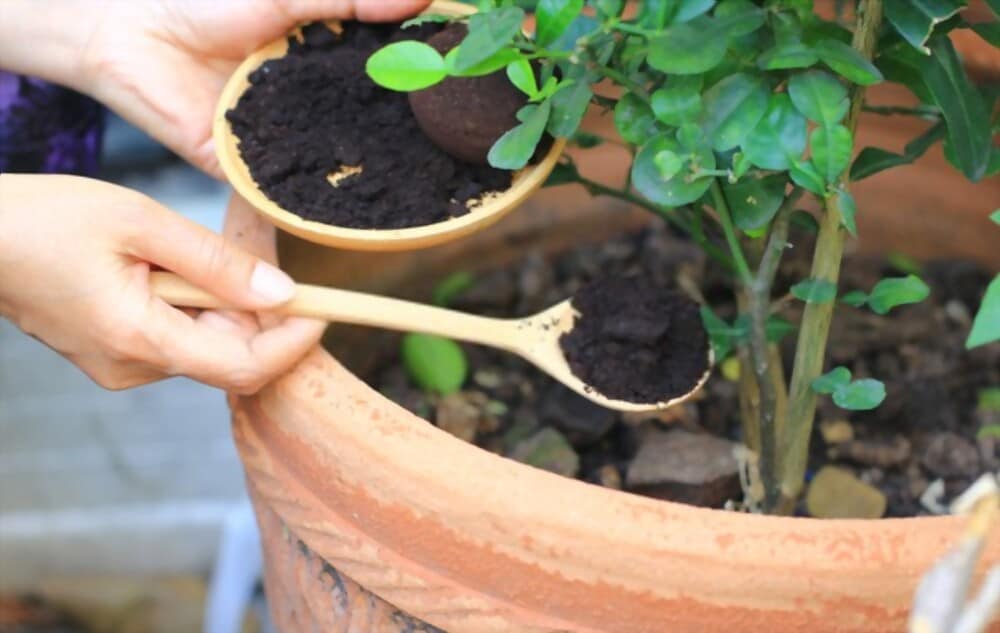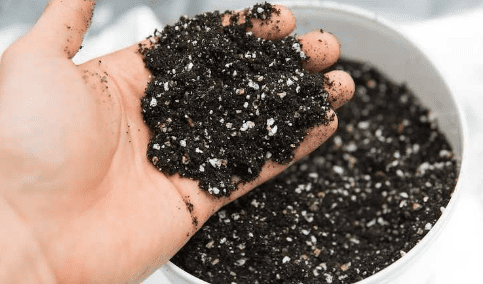Rotating Houseplants: Here’s Why You Should Do It
Rotating indoor plants is a crucial activity that is frequently neglected until a problem is actually discovered. Rotating potted plants is essential for both plant growth and aesthetics since plants grow naturally toward the light. Every two to three months, rotate a potted plant on its axis to expose areas that don’t often receive enough …

